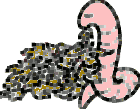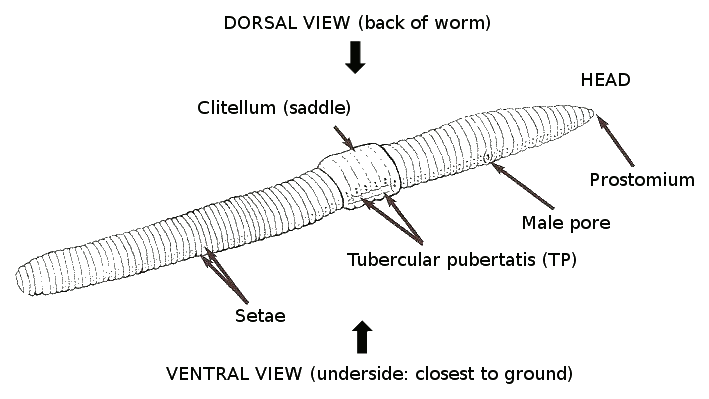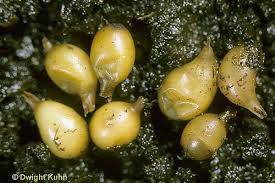
Main index
Introduction
Biology
Classification
Native/Exotic
Importance
Identification
Projects
References
Contacts
info@dunghillpress.com
The earthworm is essentially a long digestive tract, feeding on live and dead organic matter (with a âgizzardâ to grind soil particles â hence the finely ground casts).
As earthworms breathe through their skin it is vitally important for them to remain in moist soils, hence most species aestivate (hibernate) in the summer months deep down in the soil profile. Similarly, when the soil becomes saturated, they evacuate onto the surface to avoid drowning.
The earthworm is hermaphroditic (both sexes on the same individual) and can be seen mating head-to-tail by the keen observer.
Their main enemy in the soil is the flatworm (non-segmented worms). These worms are common in the Tasmanian bush, often being very bright red/orange in colour. Frequent cultivation also inhibits the presence of earthworms by destroying their burrows.

[From: âKey to the earthworms of Britain and Ireland; Natural History Museum, Londonâ]

|
Mating results in the formation of an egg within a capsule (or cocoon). The capsule can hold 1 to several eggs. Eggs measure 5-6 mm. From egg hatching to maturity takes typically 60 to 90 days. Lifespans are from 4 to 8 years. The faeces of earthworms are known as âcastsâ and can be seen on the soil surface during peak activity (generally in winter). |
Farmers can encourage earthworm activity by;
- maintaining soil pH (in water) of at least 5.0
- increasing the soil organic matter (green manure crops, retaining crop stubble, reduce cultivation)
- maintaining a long pasture phase in the crop rotation
- avoiding excessive chemical inputs (particularly worm drenches)